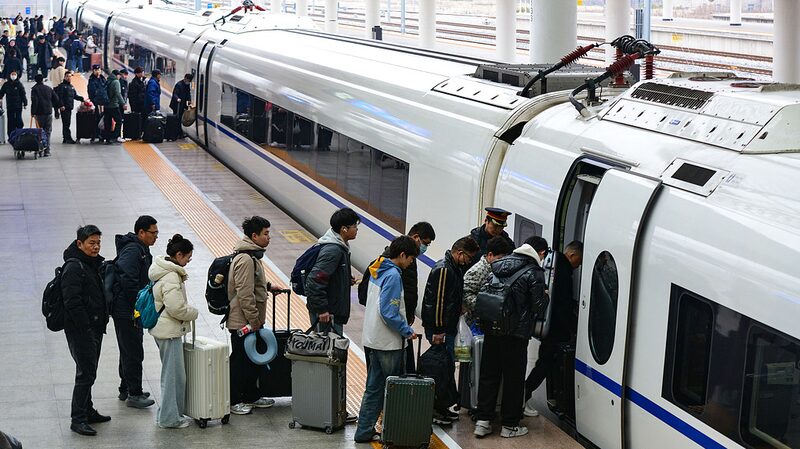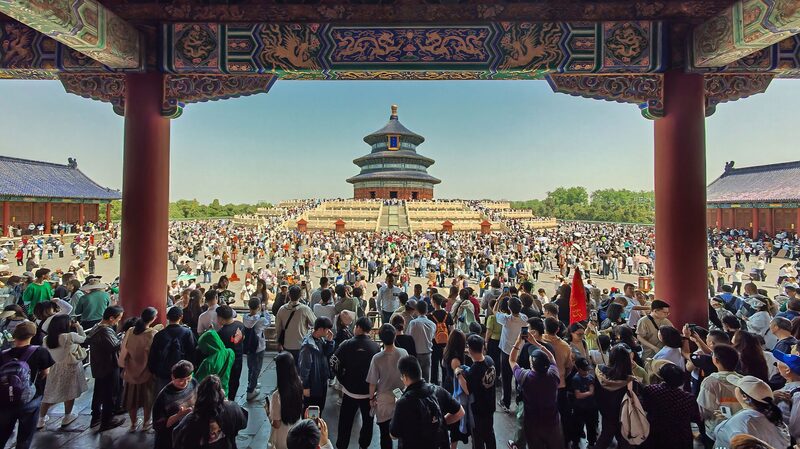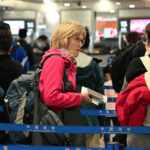China's recent National Day and Mid-Autumn Festival holidays showcased a transformative surge in domestic and international travel, offering fresh insights into the country's economic vitality. Over 888 million domestic trips were recorded during the eight-day period, generating 809 billion yuan ($113.23 billion) in tourism revenue and 1.84 billion yuan at the box office. This robust activity aligns with the World Bank's revised 2023 economic growth forecast of 4.8% for China, underscoring the depth of domestic consumer demand.
Cultural landmarks such as Nanjing's historic sites and the Yangtze River's Three Gorges attracted significant visitor traffic, while emerging destinations like Jiuzhaigou's mountainous valleys and Pingtan's rural landscapes gained prominence. Analysts note this geographic diversity reflects evolving traveler preferences and opportunities for regional economic development.
Cross-border travel saw notable growth, with 16.34 million international trips recorded – an 11.5% year-on-year increase. Transportation networks reported sustained demand, particularly across railways and civil aviation, highlighting infrastructure's role in supporting tourism expansion. Industry observers suggest these trends may accelerate investments in smart tourism technologies and multimodal connectivity between major hubs like Beijing and Guangzhou, as well as smaller cultural destinations.
The travel surge's economic implications extend beyond immediate spending. Increased mobility patterns demonstrate public confidence in China's post-pandemic recovery trajectory while reinforcing the tourism sector's capacity to drive service industry growth. As global markets monitor China's consumption trends, this holiday period offers valuable indicators of broader economic momentum.
Reference(s):
cgtn.com








